#dracopelta
Explore tagged Tumblr posts
Text

Begonia dracopelta has been my easiest begonia so far!
4 notes
·
View notes
Text

Begonia lichenora x dracopelta
Repotted the most crowded plant I have and gave it a rock to climb over, hope it's happy!
2 notes
·
View notes
Text
SISTER FORMATIONS: MORRISON, LOURINHA AND TENDAGURU
Back in the Late Jurassic Period, North America, Europe and Africa were next door neighbors.

This is reflected in the similarity of the lithology, and fauna of the rocks. In North America, we have the Morrison Formation, in Europe we have the Lourinha Formation, and in Africa we have the Tendaguru Formation. All of these are contemporaneous or sister formations.
Stratigraphy
The Tendaguru Formation is approximately 177 m thick and broken up into five members: Lower Dinosaur Member (cross-bedded, fine-grained sand and siltstone w/interbedded clay), Nerinella Member (trough cross-bedded and massive sandstone indicating a tidal channels, sandbars and beaches),

Middle Dinosaur Member ( ripple, cross-bedded, fine-grained calcareous sandstone and siltstone and massive to crudely bedded siltstone and claystone indicating tidal flats and lagoons),
Indotrigonia Africana Member (calcite cemented sandstone, conglomerate, thin claystone, and siltstone with sandy limestone indicating tidal and deltaic channels),
and the Upper Dinosaur Member (ripple, cross-bedded, fine-grained sandstone and siltstone with interbedded claystone and micriitic carbonates indicating tidal flats).
The Lourinha Formation is about 200 to 1000 meters thick and is broken into about 5 members: Praia da Amoreira Member (massive mudstone with meter thick sandstone lenses and calcrete layers indicating a meandering river system),
the Porto Novo Member (cross-bedded sandstone indicating a deltaic system), the Praia Azul Member (marl and mudstone indicating brief marine transgression),
and the Santa Rita and Assenta Members (mudstone, caliche, shelly carbonates near the top indicating a landward side of a deltaic system) which are equivalent members from different basins.
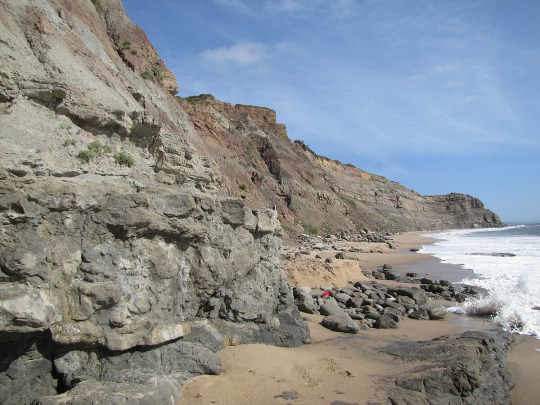
The Morrison, as stated previously, is about 200 m thick and consists of 11 different members. I will not go into detail about them again but it should be noted that the formations are approximately the same thickness and made of primarily sand, silt and mudstone.
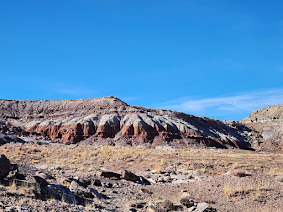
DINOSAURS
Now for the other fun part: the dinosaur fauna. There are some dinosaurs that are shared between two or all of the formations. These include Ceratosaurus nasicornis in the Morrison and a possible Ceratosaurus in the Tendaguru
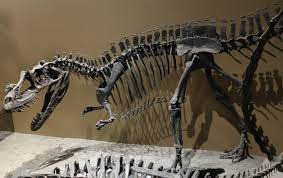
and in the Lourinha, Torvosaurus tanneri in the Morrison, Torvosaurus gurneyi in the Lourinha, and a possible Torvosaurus species in the Tendaguru,
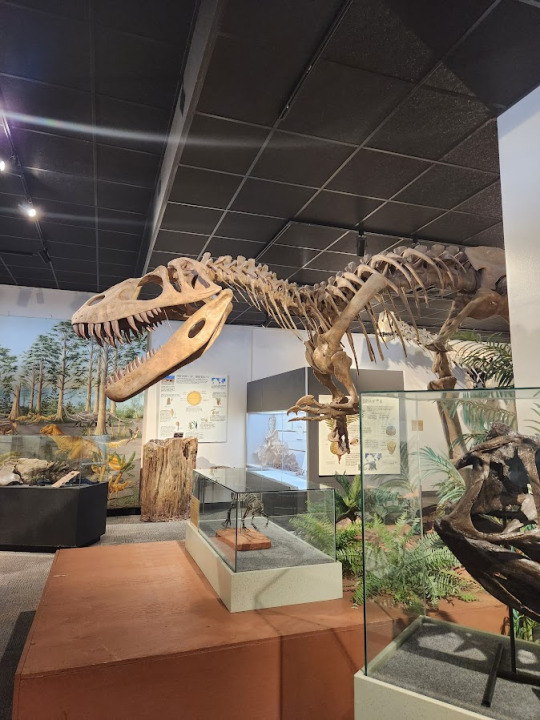
Allosaurus fragilis in the Morrison and Allosaurus europaeus in the Lourinha,

Dryosaurus altus in the Morrison and a possible Dryosaurus species in the Lourinha,

Miragaia longicollum in the Lourinha and possibly Miragaia longispinus in the Morrison. Though if that's true, the genus would be Alcovosaurus because that was named first.

And then there are the dinosaurs that were similar to each other in each formation. Filling in the niche or living alongside Dryosaurus was Dystalotosaurus of the Tendaguru,
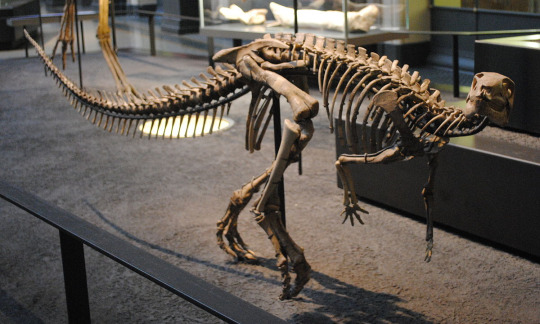
Eudryosaurus in the Lourinha, and Nanosaurus in the Morrison.
There's Draconyx in the Lourinha and Camptosaurus in the Morrison as early iguanodonts.

Kentrosaurus in the Tendaguru, Dacentrurus in the Lourinha and Stegosaurus and Hesperosaurus in the Morrison are the main stegosaurs.
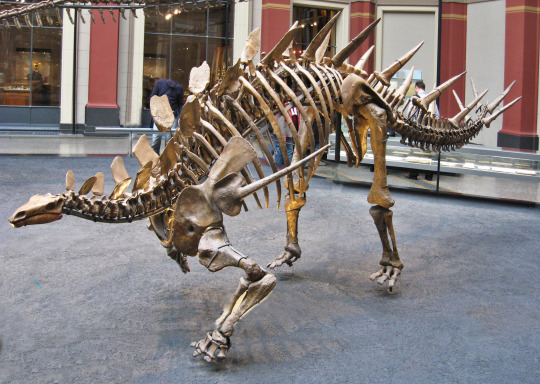
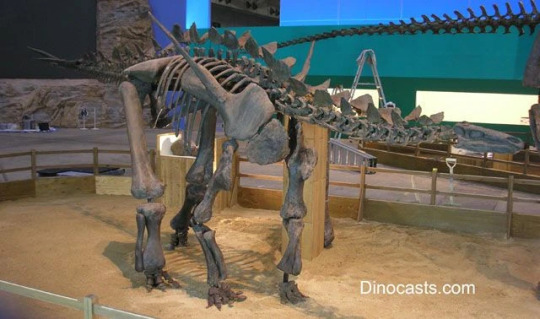

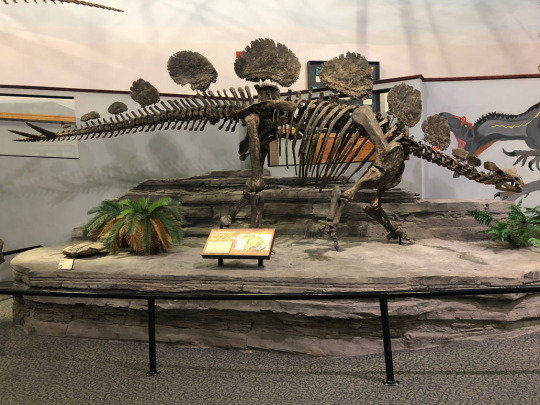
For ankylosaurs, there is Dracopelta in the Lourinha and Mymooropelta and Gargoyleosaurus in the Morrison.

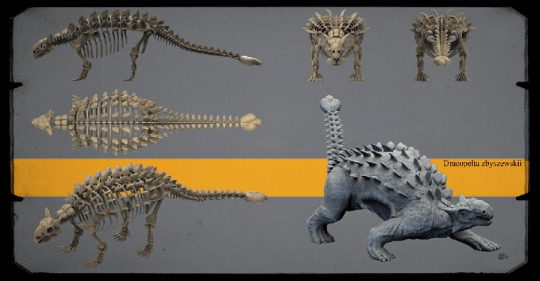
Then there's Dicraeosaurus of the Tendaguru and Suuwassea of the Morrison.

Giraffatitan of the Tendaguru, Lusotitan of the Lourinha and Brachiosaurus of the Morrison all represent brachiosaurs.
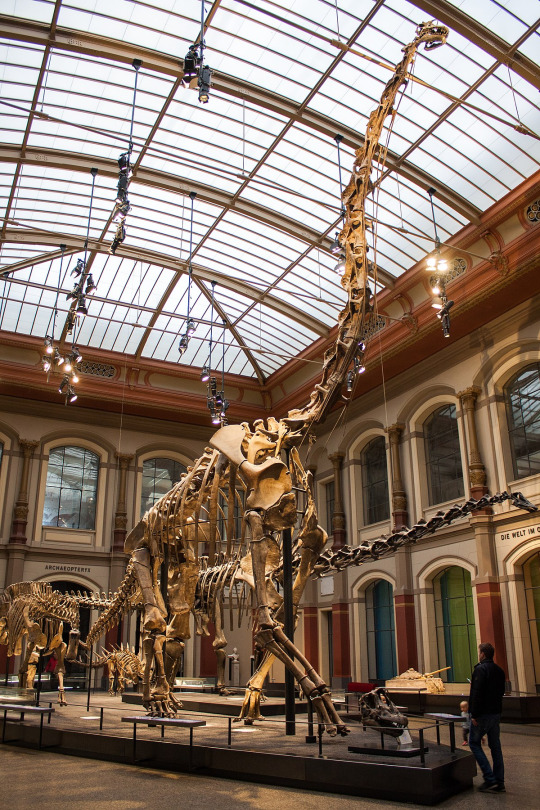
Janenschia of the Tendaguru and Haplocanthosaurus of the Morrison represent early sauropods.
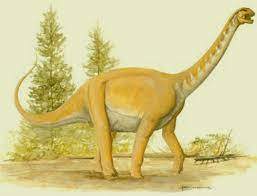
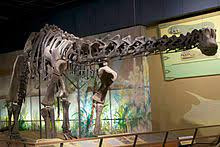
Tendaguria of the Tendaguru and Zby of the Lourinha are even earlier sauropods.
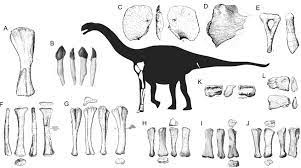
Torneiria of the Tendaguru and Deinheirosaurus of the Lourinha are the diplodocids that match up with the bagillion in the Morrison.
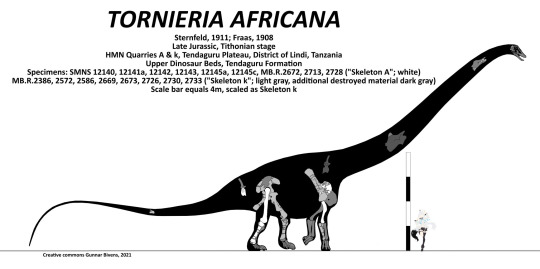
Lourinhasaurus is the camarasaurid representative of the Lourinha.
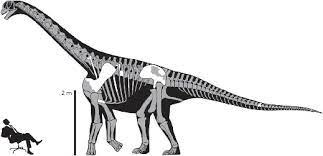
The Tendaguru and the Lourinha have early carcharadontosaurs in the forms of Veteruristisaurus and Lusovenator.
Lourinanosaurus is the European equivalent of Marshosaurus in the U.S.

And Elaphrosaurus of the Tendaguru is the small to medium-sized equivalent of Tanycoalgreus in the Morrison.
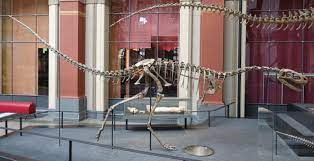

This was a ton of info so if you want it more broken down, message me! I am happy to walk you through it all! Enjoy your weekend!
#paleontology#dinosaur#fossils#geology#lithology#north america#europe#africa#morrison formation#lourinha formation#tendaguru formation#science#allosaurus#torvosaurus#ceratosaurus#stegosaurus#brachiosaurus#giraffatitan#miragaia#kentrosaurus#dacentrurus#mymooropelta#dracopelta#gargoyleosaurus#dryosaurus#sandstone#mudstone#limestone#siltstone#stratigraphy
143 notes
·
View notes
Text
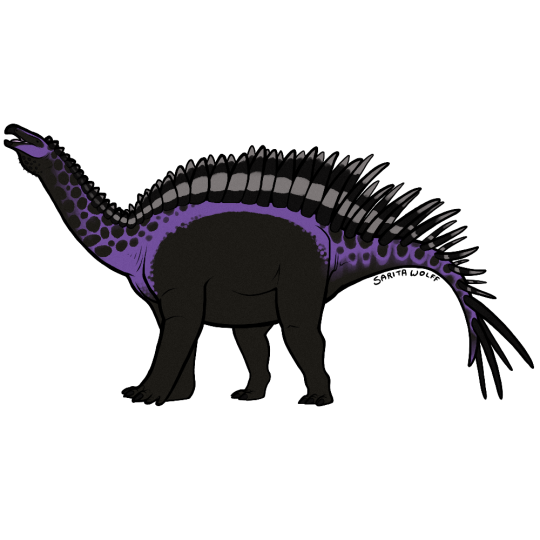
#Archovember Day 12 - Miragaia longicollum
In the Late Jurassic of Portugal lived a peculiarly long-necked stegosaur, Miragaia longicollum. Miragaia had at least 17 vertebrae in its neck, more than most sauropods! Its fossil was found during the construction of a new road and, unfortunately, the back half of the skeleton was likely destroyed in the process. 13 bony plates and one tail spike were found scattered, so Miragaia’s plate and spike configuration is mostly unknown. Still, its long neck is a distinguishing feature that sets it apart from any other known stegosaur.
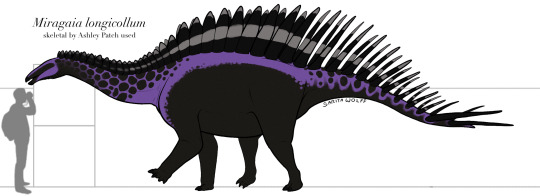
Miragaia was long, graceful, large, but more lightweight than most other stegosaurs, at an estimated 2 metric tons (2.2 short tons). Its long neck could have been a means to browse at levels other herbivores weren’t exploiting, and/or it arose due to sexual selection and was used for display. Like other stegosaurs, it may have also been able to stand on its hind legs to reach even higher levels of browse.
Late Jurassic Portugal in many ways mimicked the Morrison Formation of Wyoming, USA. Miragaia would have lived alongside other stegosaurs like its close relative Dacentrurus. It would have also shared space with the ankylosaur Dracopelta, early ornithopods like Draconyx and Dryosaurus, and sauropods like Lourinhasaurus and Lusotitan. It would have been hunted by the European Allosaur, Allosaurus europaeus, and the European Torvosaur, Torvosaurus gurneyi, as well as other theropods like Lourinhanosaurus.
(I previously made my Dacentrurus purple on a whim, so I just decided to follow that trend with Miragaia here. All my stegosaurs are pink or purple lol)
#my art#SaritaDrawsPalaeo#Miragaia longicollum#Miragaia#stegosaurid#stegosaur#thyreophorans#ornithischians#dinosaurs#archosaurs#archosauromorphs#Archovember#archovember2023
62 notes
·
View notes
Text

















Alocasia micholitziana
Alocasia tandurusa
Anthurium veitchii
Calathea zebrina
Begonia ferox
Alocasia regal shield
Alocasia sedenii and philodendron gloriosum
Alocasia zebrina
Hoya bella
Anthurium luxurians
Anthurium warocqueanum
Alocasia maharani
Begonia dracopelta x sarawak
Begonia variabilis ii
Begonia chlorosticta
Variegated alocasia polly
Alocasia polly, frydek, stingray and odora batik
3 notes
·
View notes
Text
Superfam as Dinosaurs
with some input from the lovely @space-specs because between the two of us i am the one who knows dinosaurs
Clark- Tyrannosaurus Rex (literally mean “king tyrant lizard” and i think that bodes well for Lex not liking Clark. plus theyre big carnivores and iconic!)(i also have a lot of feelings connecting Dinosaur Train to Clark and his story -ketchup)
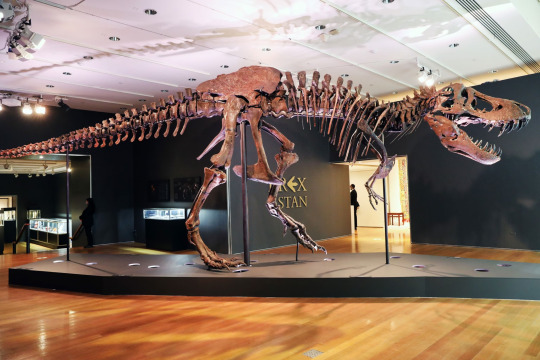
Kara- Carnotaurus (she feels like a taurus. plus its a large theropod with little horns and i think its cute)

Kon- Compsognathus (theyre tiny and adorable little carnivores and we agree that kon should be small and mighty)

Jon- Archaeopteryx (cute little feathered dinosaur. theyre considered to be the first bird, but theres some speculation over whether or not they could actually fly. and a jon without powers is very good soup)

Lois- Dilophosaurus (we thought about a velociraptor or a raptor in general but this one fits and we love it)

John Henry- Ankylosaurus (armored herbivore. need we say more)
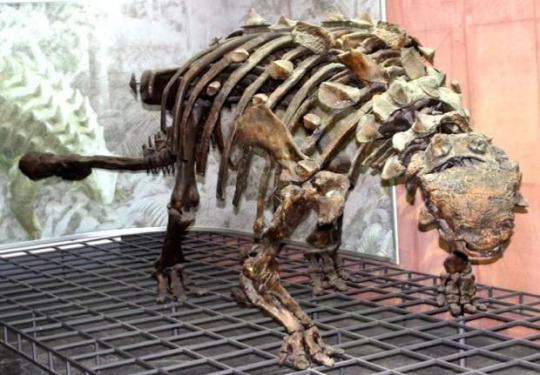
Nat- Dracopelta (theyre tiny armored dinosaurs who are thought to have been able to curn up into a ball like an armadillo. also absolutely adorable)

Karen- Xenoceratops (their name means “alien spiked face” and the horns are a commonality between Kara and Karen. plus they look dope? and we wanted karen to be an herbivore that could still mess you up a la hippopotamuses)
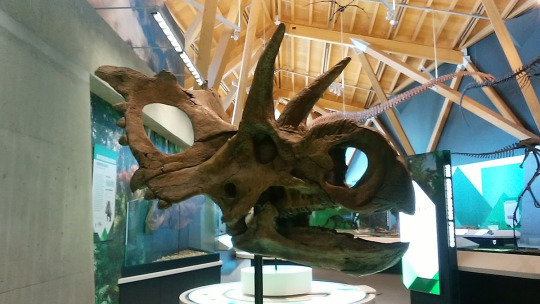
Kenan- Bellusaurus (we wanted Kenan to be the one sauropod, and the bellusaurus is very cute and quite small for a long-necked dinosaur. and bonus! they were found in China!)

Otho- Rhamphorynchus (it’s a flying reptile and it looks like a rat. it fits her so well <3)
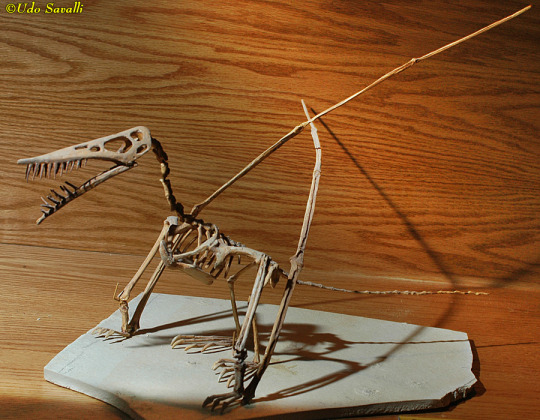
Osul- Dimorphodon (also a small flying reptile, so he matches his twin, and while the two flying reptiles are different, they still do look similar)

Jimmy- Iguanodon (theyre green coded and so is jimmy)

Perry- Parasaurolophus (idk theyre my favorite shape of dino nugget and i dont think he’d want it any other way -ketchup)
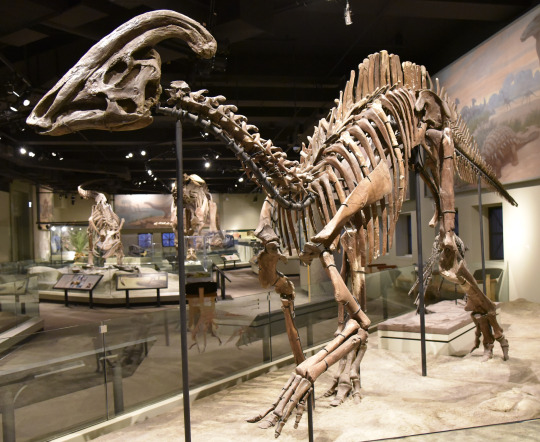
Cat- Troodon (specifically, this Cat is the one from Lois and Clark, so the feathers really make this match)

Bibbo- Stegosaurus (do i really need to explain this one?)

Lex- Pachycephalosaurus (theyre bald.)
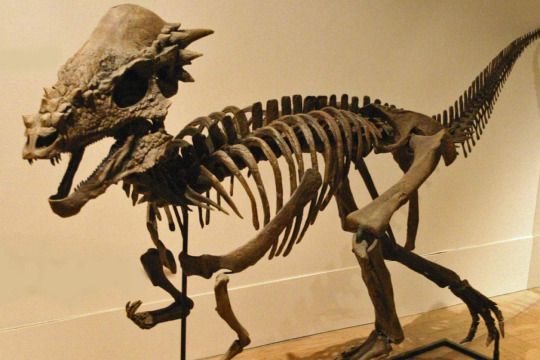
Mercy- Spinosaurus (pretty, dangerous, powerful, and fruity. also a fish eating dinosaur and one of my favorite theropods)
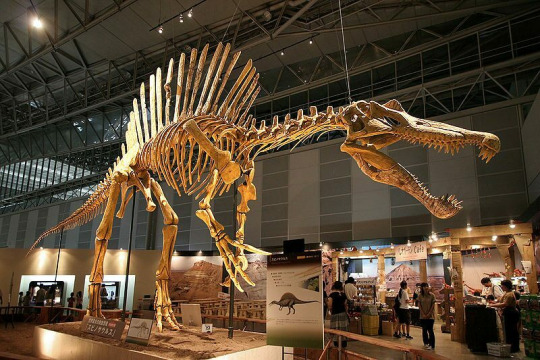
Hope- Baryonyx (another lesbian. a water-based theropod and also big, powerful, and dangerous)

The Eradicator- the dinosaur in the Batcave (its really funny. plus the batcave dino is an automated security system t-rex)
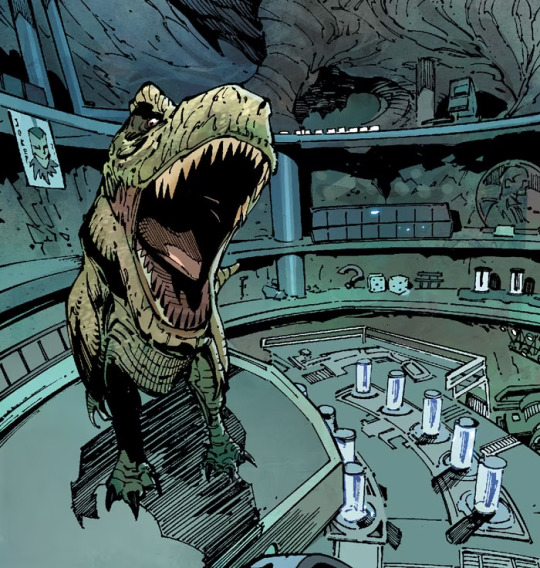
#this took so fucking long to do oh my god#superfam#incorrect superfam#dinosaurs#clark kent#kara zor el#kon el#jon kent#lois lane#john henry irons#natasha irons#karen starr#kenan kong#otho ra#osul ra#jimmy olsen#perry white#cat grant#bibbo bibbowski#lex luthor#mercy graves#hope taya#the eradicator#the 'tism lists
24 notes
·
View notes
Note
give me all the details about your favorite dinosaur
i was never much of a dinosaur person but i really like dracopelta. they're like if ankylosaurs had a lot more chill

look at this mans. tell me he does anything other than vibe. you can't
2 notes
·
View notes
Text

Begonia dracopelta x sp. sarawak
1 note
·
View note
Photo

A demigirl Dracopelta for @a-dinosaur-a-day‘s pride month. With fire, because it’s cool. Dracopelta is a little too spiky to wear a cape, so they have shoulder spike covers instead.
Design by @pridedinosaurs. This dinosaur is actually my absolute favorite design out of the whole pride dinosaurs series, and it certainly helps that I share their identity. <3
Do not wake the sleeping dragon.
#lgbtq dinosaurs#pride dinosaurs#dracopelta#animals#dinosaur#my art tag (abandon all hope ye who enter here)#queer things#demigirl#nonbinary#actuallynonbinary#art#mine#my posts
207 notes
·
View notes
Text

Dracopelta facing off Neoraptor somewhere in the forests of Chuseiia
24 notes
·
View notes
Text
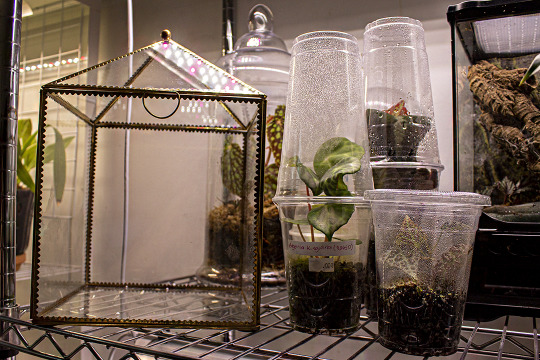
I picked up this cute little terrarium for one of my begonia, but I'm not sure who should go in it! I'm kind of leaning towards my dracopelta, but then my kingiana's growth pattern might suite it better? I also have a little prismacarpa that could do well in there.
#plantblr#terrarium#i'm also not sure if i should try to seal the inside with silicone or not#i don't think it will leak and it's not a big deal if it does#i'm more worried about the metal rusting#also considering using as a propbox instead of as a terrarium i have a bunch of baby ring of fire with nowhere to put them
6 notes
·
View notes
Text


The famous blue iridecense of the begonia sp Sarawak, growing alongside a sarawak x dracopelta
(thank u to my friend chuakorita on instagram for trading me one after my original died)
1 note
·
View note
Text
Artist struggle #385
Not being able to find the right reference
1 note
·
View note
Text
Lourinhanosaurus antunesi

By Ripley Cook
Etymology: Reptile from Lourinhã
First Described By: Mateus, 1998
Classification: Dinosauromorpha, Dinosauriformes, Dracohors, Dinosauria, Theropoda, Neotheropoda, Averostra, Tetanurae, Orionides
Status: Extinct
Time and Place: Between 153 and 150 million years ago, in the Kimmeridgian to Tithonian ages of the Late Jurassic


Lourinhanosaurus is known from the Sobral and Amoreira-Porto Novo Members of the Lourinhã Formation of Portugal

Physical Description: Lourinhanosaurus is a mysterious theropod - the bipedal predatory dinosaurs that evolved into such creatures as Tyrannosaurus and Allosaurus, and also birds! Lourinhanosaurus is mainly known from a partial skeleton, as well as many eggs and embryos! Despite this, we cannot figure out what type of theropod it definitely is. This was a fairly large dinosaur, at about 4.5 meters in length when reaching 17 years of age. It had long arms and legs, and a fairly large, bulky head. In short, it was a large predatory dinosaur - but so generic of one that we can’t pinpoint what kind!
As a moderately sized theropod, it’s very likely that it was covered in a coat of protofeathers; however, this cannot be exactly confirmed.
Diet: Lourinhanosaurus primarily fed on meat, especially larger herbivores.
Behavior: Lourinhanosaurus is known to have taken care of its young, which were found in nests with hundreds of eggs, indicating that multiple Lourinhanosaurus would all share the same nesting site. This kind of colonial nesting is fascinating, to say the least, as it’s not very common in theropods. This cooperative breeding may indicate that these were very social dinosaurs, living in large family groups and possibly hunting in these family groups.
In addition to that, Lourinhanosaurus was found with gastroliths - rocks in the stomach that helped to grind up food to make it easily digestible. Though many theropods have since been found with gastroliths, Lourinhanosaurus was the first! This means that it used these stones to help break apart the variety of meat that it would eat.

By Audrey Horn, CC BY-SA 4.0
Ecosystem: Lourinhanosaurus is from the Lourinhã Formation, a Late Jurassic environment eerily similar to the Morrison, but from across the burgeoning Atlantic Ocean! This was a large, semi-arid floodplain environment, dominated by cycads and coniferswhere numerous herds of sauropods would roam. Here, Lourinhanosaurus lived alongside other predatory dinosaurs such as Allosaurus, Ceratosaurus, Richardoestesia, and Torvosaurus, which would have been major competitors - if not predators - of Lourinhanosaurus. Sauropods included such dinosaurs as Lourinhasaurus, Lusotitan, Supersaurus, and Zby, though only the juveniles would have probably been viable food for Lourinhanosaurus. Ornithischians included the small runners Trimucrodon and Alocodon, which would have been excellent Lourinhanosaurus food; the armored dinosaurs Dracopelta, Dacentrurus, and Miragaia; and the ornithopods Draconyx, Dryosaurus, Eousdryosaurus, and Phyllodon. There were also mammals such as Docodonts and Dryolestoids.
Other: Lourinhanosaurus has been found to be a Carnosaur - so related to things like Allosaurus - or a Megalosaur - related to things like Megalosaurus - or a Coelurosaur - related to things like Tyrannosaurus. Maybe, one day, we’ll have an answer, but for now it’s still a Question!
~ By Meig Dickson
Sources under the Cut
Antunes M.T.; Taquet P.; Ribeiro V. (1998). "Upper Jurassic dinosaur and crocodile eggs from Paimogo nesting site (Lourinhã- Portugal)". Memórias da Academia de Ciências de Lisboa. 37: 83–100.
Antunes, Miguel Telles; Mateus, Octávio (2003). "Dinosaurs of Portugal". Comptes Rendus Palevol. 2: 77.
Benson, Roger B. J.; Carrano, Matthew T.; Brusatte, Stephen L. (2009). "A new clade of archaic large-bodied predatory dinosaurs (Theropoda: Allosauroidea) that survived to the latest Mesozoic". Naturwissenschaften. 97 (1): 71–8.
Carrano, Matthew T.; Benson, Roger B. J.; Sampson, Scott D. (2012). "The phylogeny of Tetanurae (Dinosauria: Theropoda)". Journal of Systematic Palaeontology. 10 (2): 211.
De Ricqlès, Armand; Mateus, Octávio; Antunes, Miguel Telles; Taquet, Philippe (2001). "Histomorphogenesis of embryos of Upper Jurassic Theropods from Lourinhã (Portugal)". Comptes Rendus de l'Académie des Sciences, Série IIA. 332 (10): 647.
Hendrickx, Christophe; Mateus, Octávio (2014). "Torvosaurus gurneyi n. sp., the Largest Terrestrial Predator from Europe, and a Proposed Terminology of the Maxilla Anatomy in Nonavian Theropods". PLoS ONE. 9 (3): e88905.
Mateus, I; Mateus, H; Antunes, MT; Mateus, O; Taquet, P; Ribeiro, V; Manuppella, G (1998). "Upper Jurassic theropod dinosaur embryos from Lourinhã (Portugal)". Memórias da Academia das Ciências de Lisboa. 37: 101–10.
Mateus, O (1998). "Lourinhanosaurus antunesi, a new Upper Jurassic allosauroid (Dinosauria: Theropoda) from Lourinhã (Portugal)". Memórias da Academia de Ciências de Lisboa. 37: 111–24.
Mateus, O; Antunes, M.T.; Taquet, P. (2001). "Dinosaur ontogeny : the case of Lourinhanosaurus (Late Jurassic, Portugal)". Journal of Vertebrate Paleontology. 21 (supplement to 3): 78A.
Mateus, O., Walen, A., and Antunes, M.T. (2006). "The Large Theropod Fauna of the Lourinha Formation (Portugal) and its Similarity to the Morrison Formation, With a Description of a New Species of Allosaurus" Archived 2012-04-20 at the Wayback Machine in: Foster, J.R. and Lucas, S. G. R.M., eds., Paleontology and Geology of the Upper Jurassic Morrison Formation. New Mexico Museum of Natural History and Science Bulletin 36.
Mateus, O., Mannion P. D., & Upchurch P. (2014). "Zby atlanticus, a new turiasaurian sauropod (Dinosauria, Eusauropoda) from the Late Jurassic of Portugal". Journal of Vertebrate Paleontology. 34 (3): 618–634.
Waskow, Katja; Mateus, Octavio (2017). "Dorsal rib histology of dinosaurs and a crocodylomorph from western Portugal: Skeletochronological implications on age determination and life history traits". Comptes Rendus Palevol. 16: 425–439.
#Lourinhanosaurus#Lourinhanosaurus antunesi#Theropod#Dinosaur#Palaeoblr#Factfile#Dinosaurs#Prehistoric Life#Paleontology#Prehistory#Jurassic#Eurasia#Theropod Thursday#biology#a dinosaur a day#a-dinosaur-a-day#dinosaur of the day#dinosaur-of-the-day#science#nature
138 notes
·
View notes
Text

I was cutting up my begonia lichenora x dracopelta to neaten it for repotting when I noticed this weird variegation. I'm not a fanatic when it comes to variegation but I am kinda interested to see if it'll persist, so into the prop box it goes! (not that I throw away my begonia cuttings anyway)
0 notes
